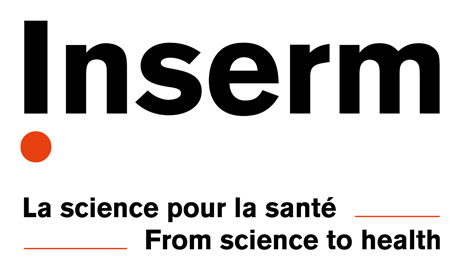





Type of contract
Location Saclay,
Statut Available
Key Words
Details of the offer
Type of job
Type of contract
Application deadline
Employment start date
Contact
For more details about the project contact: tihana.jovanic@cnrs.fr
Please address your application, including in a single pdf of motivation letter (2 pages max), academic CV, publication list and the names and addresses of 2 reviewers to Dr. Jovanic: (tihana.jovanic@cnrs.fr). Screening interviews will be held online followed by on site interviews with the project team members. Start date from early 2025.
KEY WORDS | neuronal circuits, Drosophila, sensorimotor |
CITY | Paris-Saclay |
COUNTRY | France |
DETAILS OF THE OFFER | Working place: NeuroPSI is an institute dedicated to fundamental research in neuroscience at Paris-Saclay University (25 km South-West of Paris). The NeuroPSI research groups address a wide range of questions in neuroscience, from molecules to cognition and from embryos to adults, using multiscale experimental and theoretical approaches. NeuroPSI recently moved to a brand-new building next to the NeuroSpin institute for brain imaging, thus forming the largest neuroscience cluster in the Paris area. Missions: We are looking for a motivated and creative young scientist to join the Jovanic team at the Paris-Saclay Institute of Neuroscience (NeuroPSI), France. The team uses Drosophila larva as a model system to map neural circuits using a multidisciplinary approach that combines neural manipulation during behavior, electron microscopy (EM) reconstruction of neuronal connectivity at a synaptic level and recording of neuronal activity using Calcium imaging with the goal of understanding computational principles underlying complex behaviors and their modulation by the context and internal state. More details about the team can be found here: https://neuropsi.cnrs.fr/departements/cnn/equipe-tihana-jovanic/.
|
TYPE OF JOB | Post-doctoral Position |
APPLICATION DEADLINE | 15 JAN 2025 |
EMPLOYMENT START DATE | beginning 2025 |